Three main treatment methods of Costa Rican coffee raw beans Villa Manor Coffee beans Red Honey treatment process Flavor
Most of the coffee we see from Tarasu is washed coffee.
Generally speaking, washed coffee has a very clean flavor. When you taste washed coffee, you mainly taste the coffee seeds and roasted flavor. Where the fruit comes from, ideally, the process it goes through has no external influence.
After picking ripe coffee cherries from trees during the harvest season, classify them, leaving only cherries of similar color, weight and size.
The coffee is then transferred to the desizing machine, where the fruit is cut and separated from the internal seeds. After this stage, the coffee is covered with a thick, thick "honey" substance called mucus. To continue as washed coffee, you need to remove mucus.
Coffee seeds are transferred to a pot of water, where they ferment for 12 to 72 hours, depending on climate, altitude and coffee itself. During these hours of fermentation, bacteria accumulate and naturally produced enzymes cause mucus to dissolve.
After fermentation, the seeds are washed and dried, and finally, parchment (a thin layer of skin) is mechanically removed from the beans. Before packing and preparing for export, beans need to be dried to a moisture content of about 11%.

Sun-processed coffee
Natural processing, or "dry" processing, is the original way of processing coffee. Because of its flavor characteristics and water-independent availability, it is used in many countries in the world today.
In countries such as Ethiopia and Brazil, water is usually not so readily available, and natural processes are common.
Generally speaking, natural coffee has the taste of tropical fruits-mainly pineapple and jackfruit in the cup. This strong fruity flavor is attributed to dried cherries, which give their flavor to the seeds.
To do well, naturally processed coffee needs to meet the right conditions. It needs enough sunlight, heat and humidity. It also relies heavily on the close attention of producers to ensure correct and uniform drying.
When everything goes according to plan, naturally processed coffee is absolutely enjoyable-fruity, delicate, clean, balanced and, above all, sweet. Incredibly sweet.
Having said that, natural processing, also known as "dry" processing, is not well known among coffee geeks for producing clean, transparent coffee.
On the contrary, the natural processing method is famous for producing coffee with some bad flavor characteristics-coffee has an unpleasant "natural" fermented taste. Thinking; red wine. It smells like alcohol. This is due to the excessive fermentation that may occur during drying.
First of all, coffee cherries are selected and classified. They are then transferred to the dry zone, where they dry and wither like raisins, and the machine separates the dried fruit (we call it cascara) and parchment from the dried beans. You can also use a machine for drying, similar to a large clothes dryer.
Natural processes are used in all growing areas in Costa Rica, but are more common at low elevations.
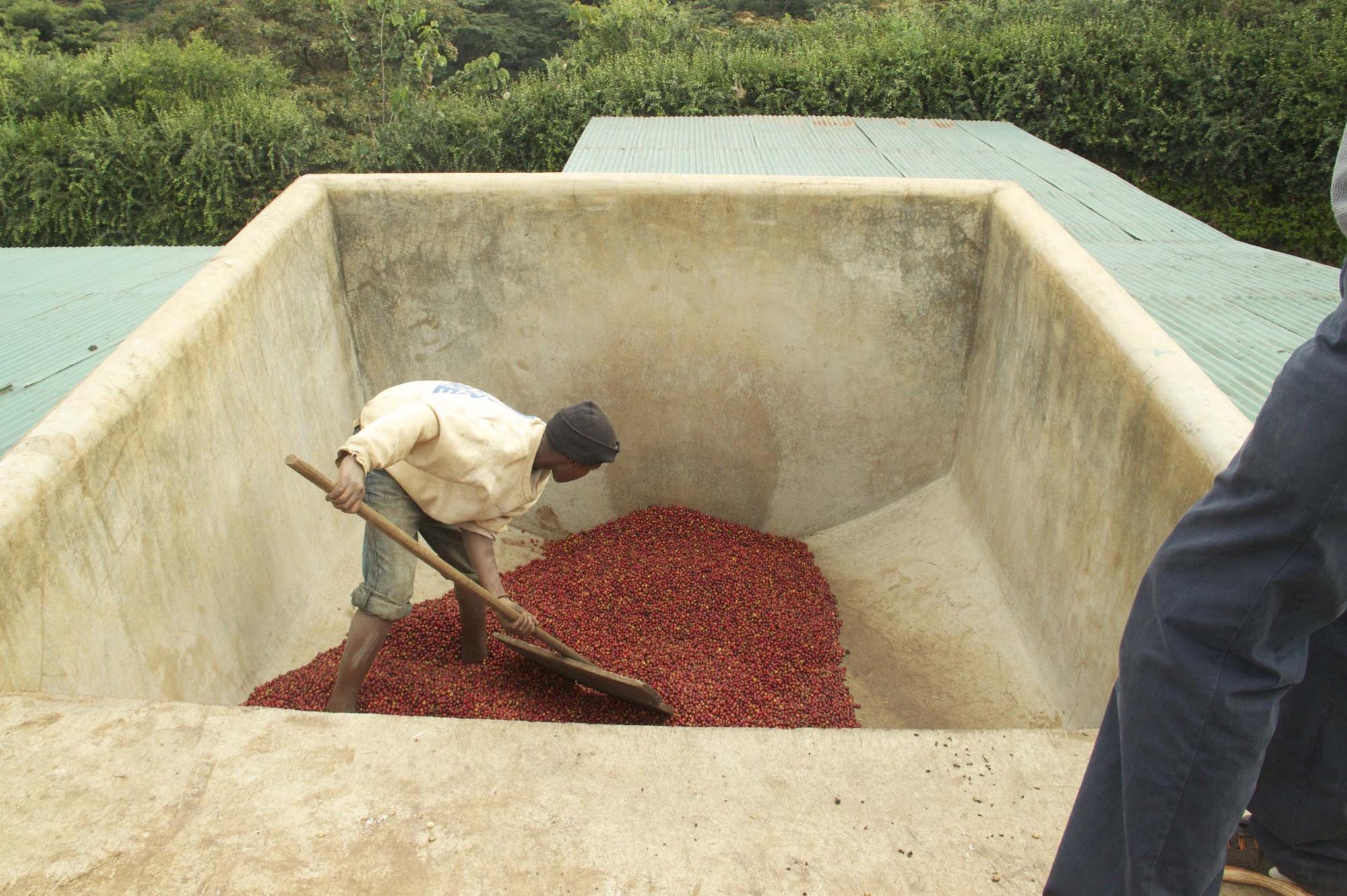
Honey processed coffee
Coffee producers in Costa Rica are innovative-constantly trying to find ways to improve the quality of coffee in their cups. The better the flavor of coffee, the higher the producer's price.
In the face of strict water restrictions and the unideal characteristics of naturally processed coffee, the honey process was developed. This process, and the extent of honey, varies from producer to producer.
First of all, coffee cherries are selected and classified. Like washed coffee, the cherries used for honey processing are then transferred to the machine for desizing, and only this time, the manufacturer can adjust the machine to tell it how sticky, sweet, slime-what are the four types of honey processed coffee

Honey processing method is a hybrid between washed and natural processing methods. The ideal goal of honey-processed coffee is to achieve the sweetness and fruity characteristics of natural coffee, as well as the clean and transparent outline of washed coffee.
Vera Saatchi, the Costa Rican villa estate in front of the street, is treated with red honey. after red honey treatment, the flavor of citrus, honey, lychee and passion fruit is very obvious about this coffee Qianjie will have a special topic to say later. if you are interested, you can look forward to it.
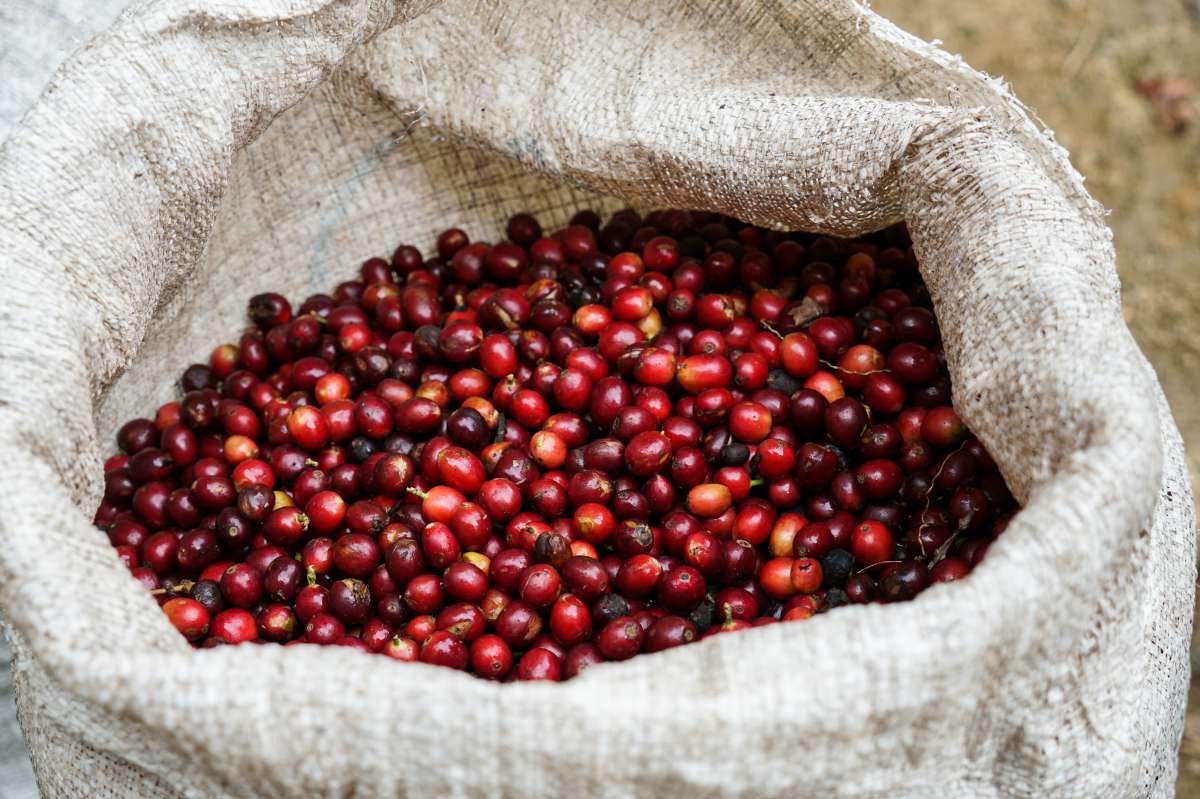
1. White honey
Generally speaking, the more mucus left on the whole seed, the more fruity and sweetness in the cup. However, the more mucus left on the seeds, the greater the risk of coffee forming and overfermentation.
two。 Yellow honey
For the yellow honey process, 50-75% of the mucus was removed.
3. Red honey
Red honey is close to natural coffee and is very dark when dried, similar to caramel. The red honey processing method can remove 0-50% of the mucus. Villa manor Salavich words use red honey treatment, red honey treatment is a kind of honey treatment, I believe everyone should know. The villa manor has a fixed harvesting team to work on the farm, and after harvesting the fruit, it carries out desizing treatment, red honey treatment is to retain 70% of the pectin layer, and then put into the awning to dry in the sun for about 12 days. After checking the moisture content and the qualified fermentation, it can be stored in storage.
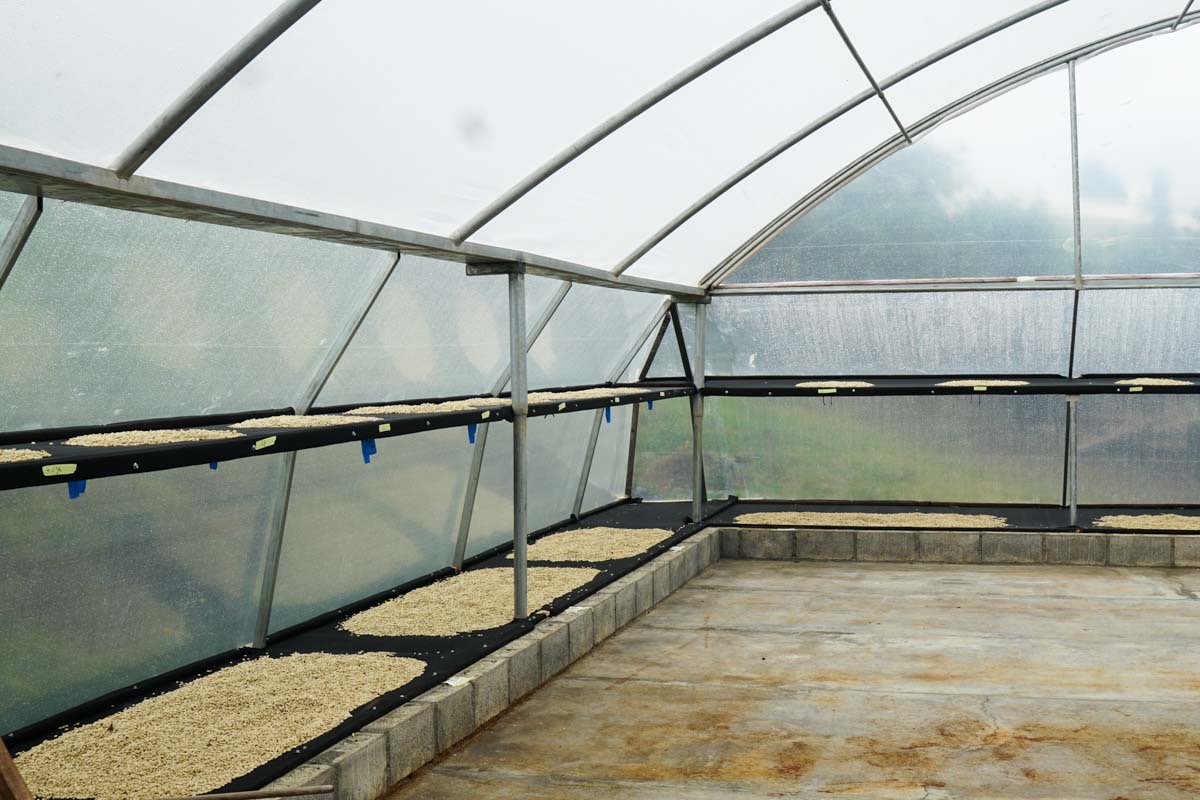
4. Black honey
Using the black honey process, basically only the peel and a thin layer of fruit are removed from the seeds. Most of the mucus remains intact with little or no removal.
Important Notice :
前街咖啡 FrontStreet Coffee has moved to new addredd:
FrontStreet Coffee Address: 315,Donghua East Road,GuangZhou
Tel:020 38364473
- Prev
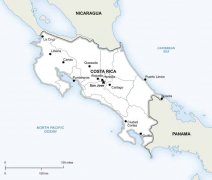
Flavor and taste characteristics of eight coffee growing areas in Costa Rica how to make good coffee beans in Monster Manor
All eight coffee growing areas in Costa Rica have ideal conditions for growing Arabica coffee trees. Most of the more than 50000 small farms are located in the mountains, enjoying volcanic soil, perfect climatic conditions and a long period of maturity. When buying Costa Rican coffee, please check the grower information on the label. Beans can come from several large producing areas on the map: Centra
- Next
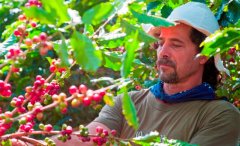
Tara Pearl producing area of Costa Rica introduces the details of measuring the flavor of Milasu roses with coffee bean cup in summer.
The friends at the next table love to drink rose summer too much! She loved the rosy summer of Panama, but he never said anything about the rose summer beans of Milasu Manor in Tara Pearl, Costa Rica. Today I'm going to find out. This rose summer blend of coffee beans comes from Milasu Manor in the Tarazu region of Costa Rica.
Related
- Detailed explanation of Jadeite planting Land in Panamanian Jadeite Manor introduction to the grading system of Jadeite competitive bidding, Red bid, Green bid and Rose Summer
- Story of Coffee planting in Brenka region of Costa Rica Stonehenge Manor anaerobic heavy honey treatment of flavor mouth
- What's on the barrel of Blue Mountain Coffee beans?
- Can American coffee also pull flowers? How to use hot American style to pull out a good-looking pattern?
- Can you make a cold extract with coffee beans? What is the right proportion for cold-extracted coffee formula?
- Indonesian PWN Gold Mandrine Coffee Origin Features Flavor How to Chong? Mandolin coffee is American.
- A brief introduction to the flavor characteristics of Brazilian yellow bourbon coffee beans
- What is the effect of different water quality on the flavor of cold-extracted coffee? What kind of water is best for brewing coffee?
- Why do you think of Rose Summer whenever you mention Panamanian coffee?
- Introduction to the characteristics of authentic blue mountain coffee bean producing areas? What is the CIB Coffee Authority in Jamaica?

